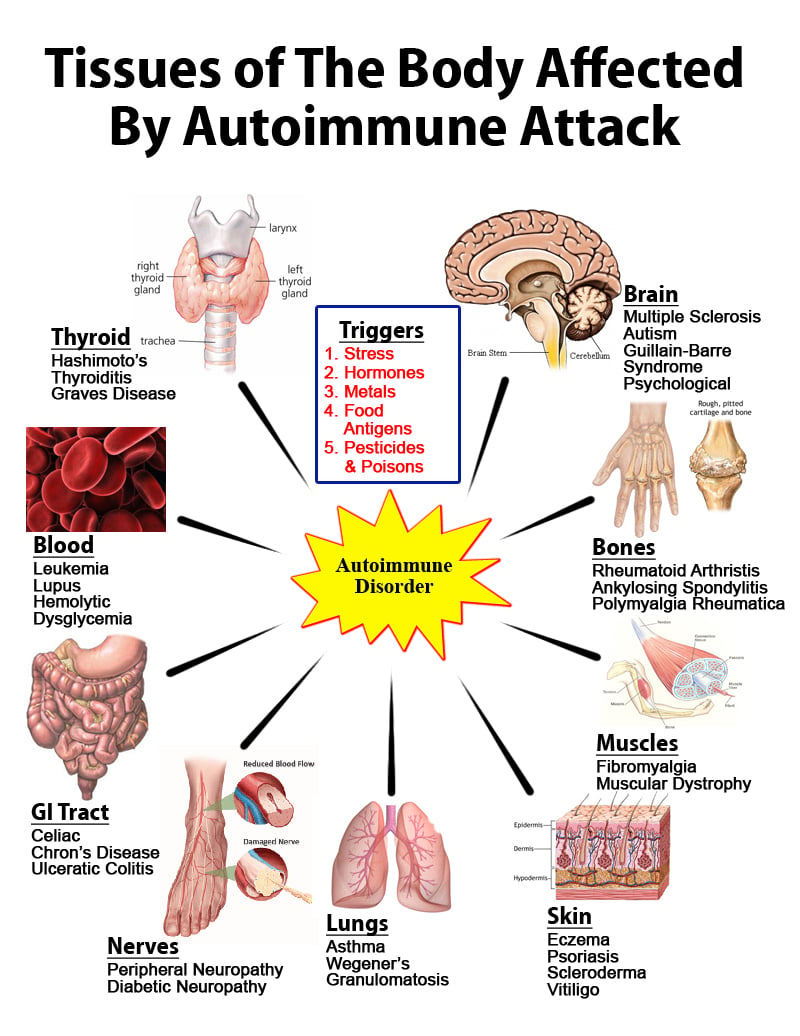Assalamualaikum, & hi readers !! Today, I will write and share with you all about brain and senses.Brain is the center part of body to control all the activity,while sense is our sight,taste,hearing and smell.
Brain
In our body ,brain is most popular as a nervouse system.
There is a brain structure;
MAJOR PARTS OF THE HUMAN BRAIN
(FOREBRAIN)
Forebrain
• Telencephalon (cerebrum)
Diencephalon
• Cerebrum .
• Derived from the telencephalon .
• Largest part of the human brain (80%).
• Involves in perception, cognition, higher motor functions.
• Conscious mind located here. (communication,
remember, understand, initiate voluntary movements .
CEREBRUM
29
Divided into 2 halves;
a) Left hemisphere.
b) Right hemisphere. Each hemisphere chiefly concerned with the
sensory and motor functions of the opposite
side of the body.
CEREBRAL CORTEX
• The outer region composed of gray matter with underlying
white matter.
• Convolutions allow the cortex to have a large surface area
and still fit inside the skull.
• Gyri = elevated ridges.
• Sulci = depressions.
• Fissures = big sulci.
DIENCEPHALON
• Central core of the forebrain.
• Encloses the third ventricle .
• Consists of three paired structures:
• Thalamus .
• Hypothalamus.
• Epithalamus.
DIENCEPHALON: THALAMUS
• Thalamus : “Inner room”.
• Paired, egg-shaped masses that form the superolateral
walls of the third ventricle.
• Relay center for information coming into cerebral cortex.
• Information is sorted out and edit.
.
• Promotes a state of arousal from sleep and alertn.
HYPOTHALAMIC FUNCTION
• Regulates blood pressure, rate and force of heartbeat,
digestive tract motility, and many other visceral activities.
• Is involved with perception of pleasure, fear, and rage.
• Regulation of body temperature.
• Regulates feelings of hunger and satiety (regulate food
intake, water balance and thirst).
• Regulates sleep and the sleep cycle.
• Control endocrine function: control release and inhibiting.
BRAINSTEM
• Positioned between cerebrum and
spinal cord.
.
• Consist of three parts; medulla
oblongata, pons and the midbrain.
• Function: homeostasis,
coordination of movement, and
conduction of information to
higher brain centers.
THE CEREBELLUM
• Located dorsal to the pons and medulla.
• Protrudes under the occipital lobes of the cerebrum.
• Makes up 11% of the brain’s mass.
• Provides precise timing and appropriate patterns of skeletal
muscle contraction (motor function).
There is little bit information about the brain,now i want to show and explain about the sense.
SENSE
CHEMICAL SENSES
The gustation (taste) and olfaction (smell)
and both dependent on chemoreceptors
that detects specific chemicals (dissolve in
aqueous solution) in the environment. Taste receptor excited by food chemicals dissolve
in saliva . Smell receptor excited by airborne chemicals
that dissolve in fluid coating nasal membrane.
OLFACTION
a) Olfactory receptor cells – neuron that lines the upper
portion of nasal cavity and sends impulse directly to
olfactory bulb of the brain.
b) The receptive ends of the cells contain cilia that
extend into mucous layer coating the nasal cavity.
GUSTATION Gustation receptor cells – modified
epithelial cells called taste buds.
Most taste buds : papillae.
Two cells of taste buds:
i. Taste/gustatory cells
Gustatory hairs project from the
tips of taste cells and extend
through taste pores.
ii. Basal cells .
Act as stem cell, dividing &
differentiating into new gustatory
cells.
Taste
sensations Substance Transduction Taste map
Sweet
Organic substance,
saccharin, alcohols,
amino acids
Sweetness – sugar bind to protein receptor
triggers signal transduction pathway .
Results in
depolarization.
Tip of the
tongue
Sour Acids; dissolve H+ in
solution Chemoreceptors detect saltiness (Na+
ions) or
sourness (H+
ions) have channels in their plasma
membrane through which these ions can diffuse .Influx of H+ and Na+ depolarizes the cell.
Side
Salty Inorganic salts; eg:
table salt Side
Bitter
Alkaloids and some
nonalakaloids
substance
Substance eg: quinine bind to K+ channel and
closes them resulting in decrease of
membrane permeability to K+ . Depolarizes the
cell
Back of the
tongue
Umami Amino acids glutamate
and aspartate .Binding of glutamate to Na+ channel. When
glutamate is bound, Na+ channel open . Na+
diffuses into the cell . cell depolarize to the pharynx
5 taste sen.
Structures of the Eye .
Spherical, fluid-filled structure enclosed by 3
layers :
1. Outermost : Sclera, cornea.
2. Middle: Choroid, ciliary body, iris .
3. Innermost : Retina.
Structure of ears
Three parts of ears:
The external, the middle & the inner ear. External is transmit airborne sound waves to middle
ear (amplify sound) and to fluid-filled inner ear. Inner is houses 2 different sensory system : the cochlea: receptors for
conversion of sound waves
into nerve impulses
(hearing). Vestibulars apparatus is for
sense of equilibrium.
so this is the sense that i want to share with you.Sense is most important for us,without sense we cant see,taste,hearing,and smell.
I hope my explanation about the brain and sense will give you all more knowledgble about this,
Thank you for reading :)




